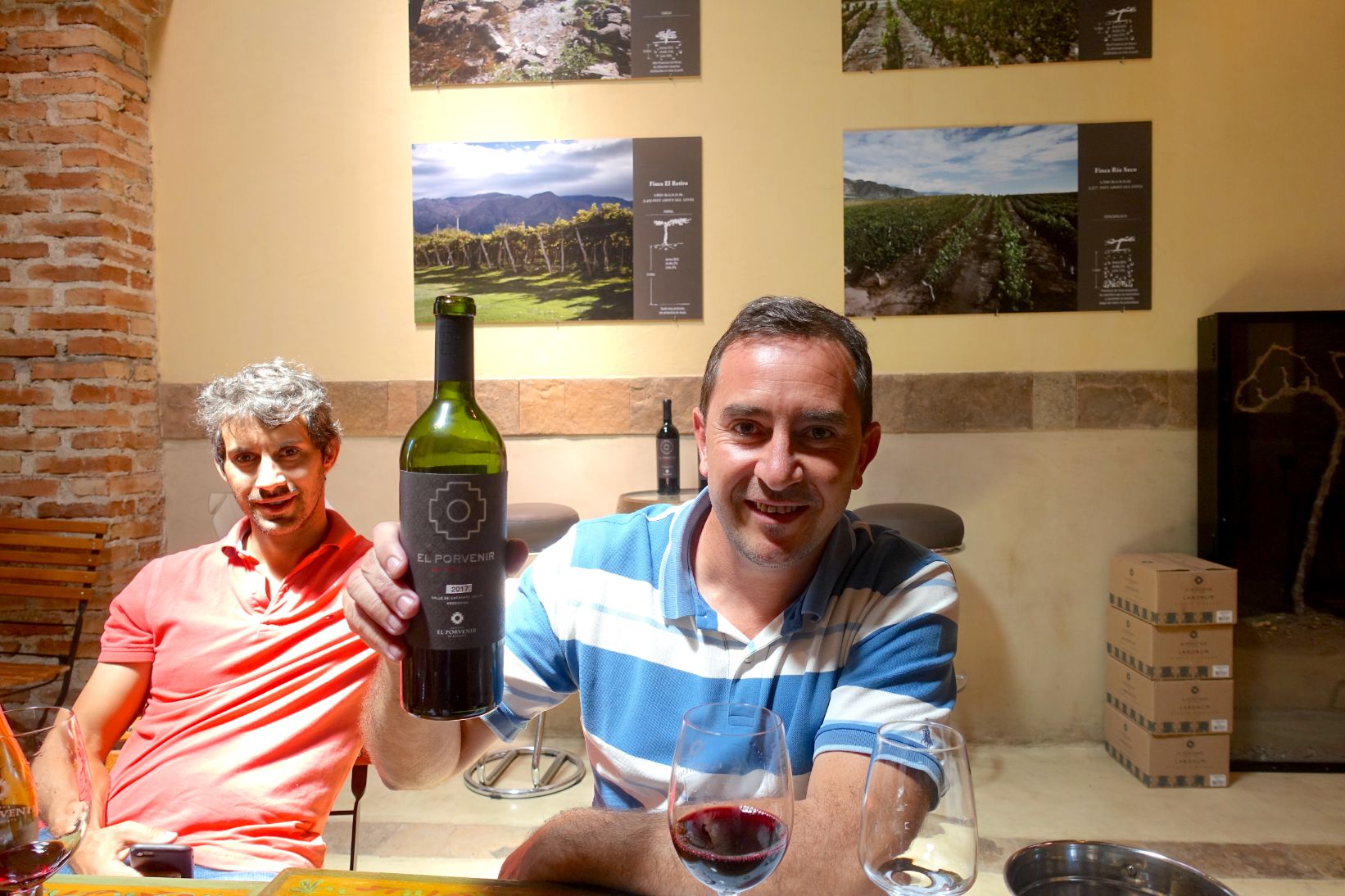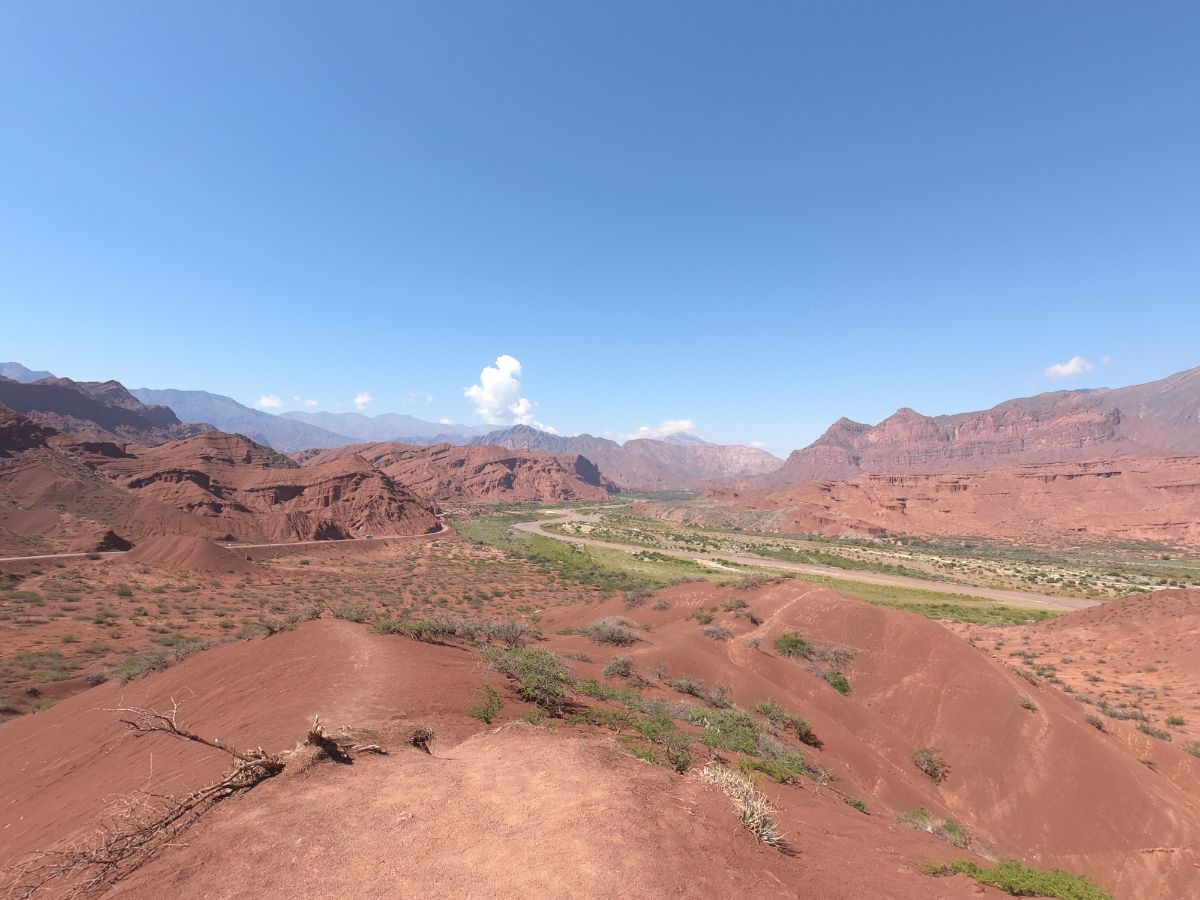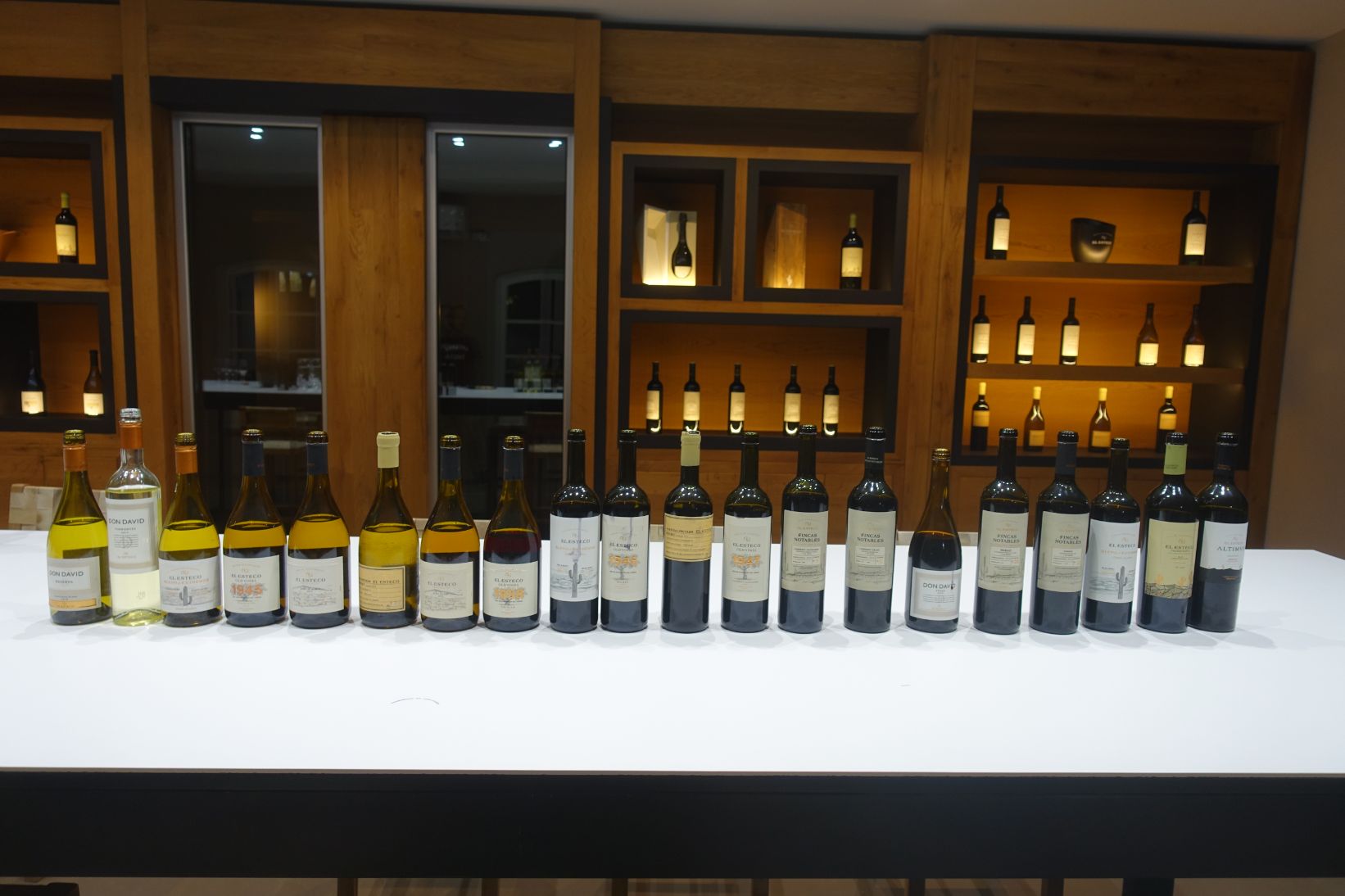This article is part of a bigger wine tasting report (1,500 wines) on Argentina. Click here to read that full report.
The high-altitude malbecs made in Salta’s Cafayate Valley are showing more freshness and precision than ever. I headed there for three days to find out what is driving this improvement in quality.
The malbecs in Cafayate have Mother Nature to thank for their color, ripeness and concentration. The high altitude – Cafayate is about 6,000 feet above sea level, with some vineyards above 10,000 feet – translates into intense solar radiation and wide thermal amplitude, giving these malbecs even darker color with ripe, dense flavor and bold structure on the palate.
While the extreme conditions help Cafayate Valley wineries produce full-flavored reds, the challenge is also clear: water deficiency is severe in this dry, desert climate and extracted and overripe fruit in red wine can be an issue.
“For malbec, ripeness is a given in Salta, yet freshness is something you need to strive for,” says Jeff Mausbach, winemaker of Estancia los Cardones. The US -born Mausbach used to work for Catena Zapata and now owns several projects in Argentina with his talented viticulturist and business partner Alejandro Sejanovich.
“We were the first to start harvesting malbecs in Salta, if not in whole Argentina. What we are looking for in our malbecs are freshness and some savory components,” he added.

Paco Puga, the winemaker of El Porvenir, made an excellent 2017 malbec blend that is still not released yet.
The malbecs of Los Cardones are more intellectual, even a little austere compared with others in Cafayate, showing more floral, mineral and spicy characters with fresh blue fruit. The tannins are ripe but still firm and upright. I was especially impressed with their new malbec bottling from Cachi, El Arenal, a wine that delivered superb freshness through tantalizing peppery fruit, as if I was tasting a delicious cool-climate syrah. If Jeff doesn’t change his mind in the last minute, this wine will be named “Almacén de la Quebrada” (Grocery of the Canyon).
The concept of harvesting at the right time, if not a little earlier, also resonates with torrontes, the specialty of Cafayate. This floral, aromatic white variety with crisp, refreshing acidity first put Cafayate on the wine map of Argentina.
“Some people harvest too late and that makes the torrontes probably taste a little soapy, with lower acidity and higher pH,” says Thibault Delmotte, winemaker of Bodega Colomé, one of the oldest estates in Argentina with some of the highest vineyards in the world (above 10,000 feet). While Colome makes a serious and textured torrontes from the 2019 vintage, Bodega El Porvenir and El Esteco also provide various expressions of torrontes, giving this grape much variety based on different terroirs and winemaking techniques.
- Mariana Paez, winemaker of Quara, made a 2015 vintage in China winning a silver medal in the Ningxia International Winemaker Challenge.
- Rafael of Domingo Molina makes many polished malbec blends.
Then there is Domingo Molina, a winery which expanded my conception of Salta red wines with a racy 2017 tannat, a wine with depth, freshness and expressive juicy fruit. Their Salta Rupestre 2016, a blend of 80 percent malbec, 10 percent merlot and 5 percent tannat, offers fresh, voluptuous fruit and a lengthy finish, making the bumpy ride to Cafayate worthwhile.
As the owner and winemaker Rafael Domingo told me, “Here in Salta, you have to work hard to gain elegance in your wine.” This concept I believe has led the new generation of talented winemakers to fine-tune their powerful reds with more finesse and detail.
It is incredible to see how much is going on in this unique and wild region. It is where vines thrive high and enjoy the company of huge, formidable cactuses, standing like warriors guarding their vineyards. No doubt, it is a region hard to reach without a pickup truck, but it is a terroir that any serious wine lover should come to see. As Javier Grané, the agronomist of Colomé told me, “It doesn’t matter how people came, what it matters is how people leave after seeing the vineyards, tasting the wine and having some empanadas.
See our Salta notes below.
CLICK HERE FOR THE FULL ARGENTINA REPORT WITH NOTES AND SCORES
– Zekun Shuai, associate editor in Beijing





















